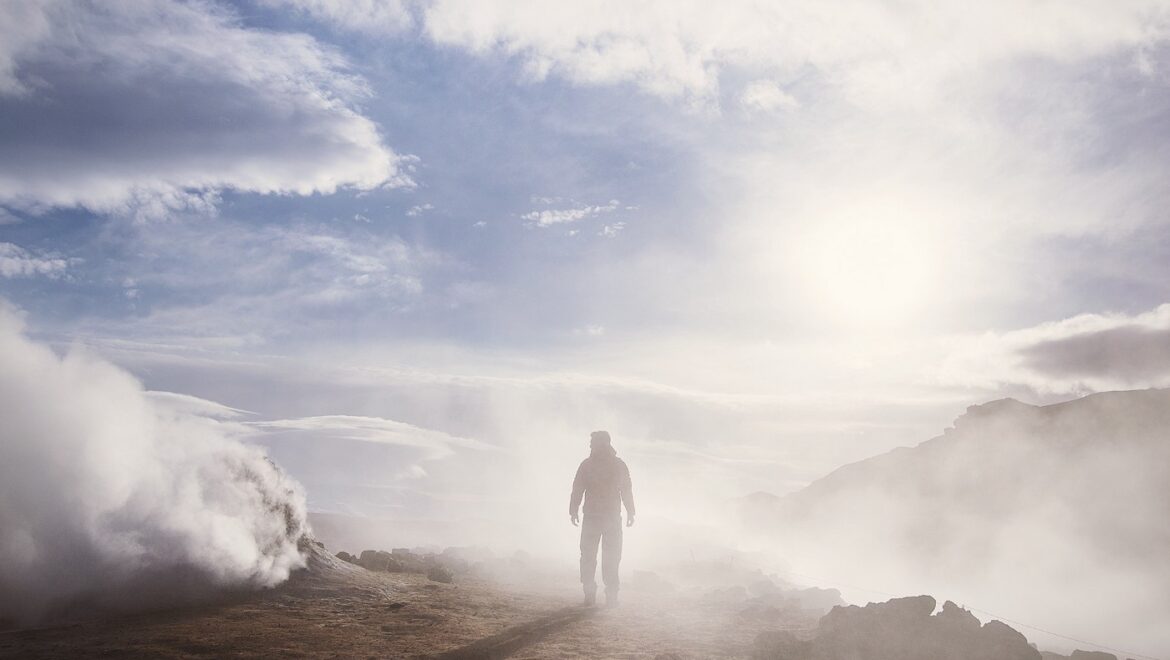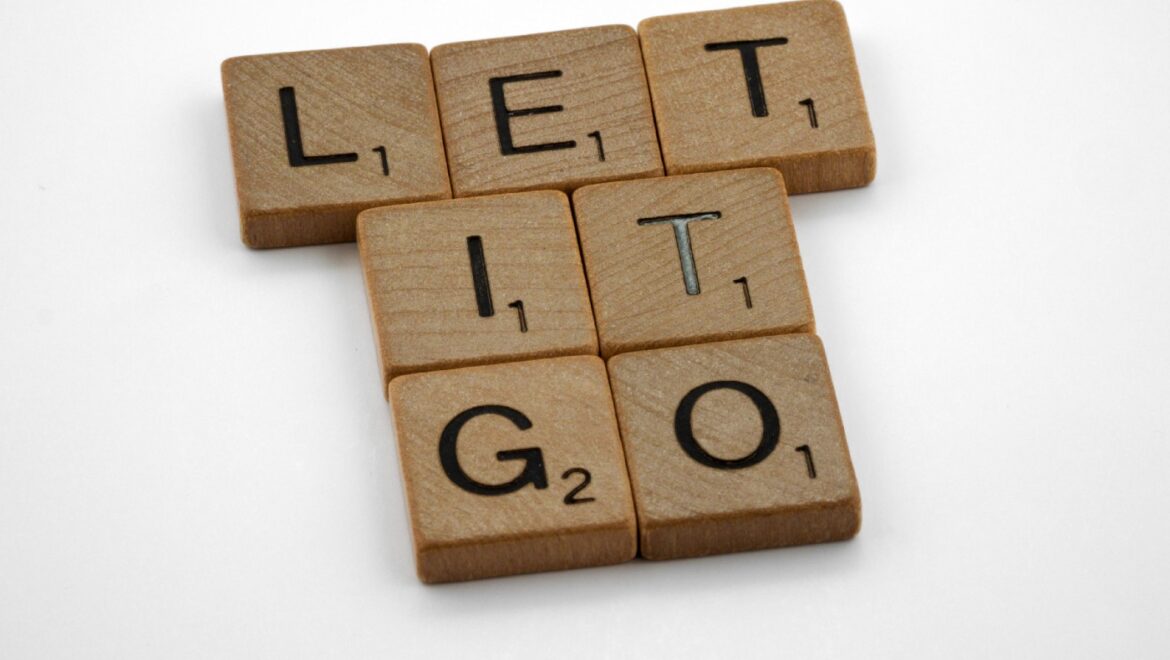Lessons Learned From My Mindfulness Battle Royale at the Bagel Shop
“Dad, can we go to Shirley’s Bagels?” my 12-year-old daughter asked on Sunday morning. “Sure,” I responded. “I’ll order online so we can just go in and pick ’em up.”
I went online and ordered four everything bagels, toasted, with cream cheese, and two apple juices in those little glass bottles — you know, the ones that cost $2.75 for ten ounces of pure sugar?
My 14-year-old and 12-year-old have loved them since they were toddlers when we’d get them at the Western Bagel on Ventura Boulevard in Sherman Oaks. Sentimentality trumps health every time when it comes to those damn apple juices.
So I ordered at 10:50 a.m. The receipt said to pick up at 11:20. Bing, bang, boom. We were good to go.
My daughter and I get in the car 25 minutes later and drive to the bagel shop. I walk in. Look at my watch: 11:20. Right on time. We’re cooking with gas, baby!
Yeah, uh, no… “Hi, I’m picking up an online order for David.” The young lady checks the bags on the online shelf… “It’s not ready yet.” So off I slink.
The place was jammed with people standing around. That should have been my clue that an operational disaster was afoot.
Five minutes go by. The girl picks up a bag. Gets ready to address the hungry masses. I make a minor, anticipatory move forward… “Sarah?” Dang. No such luck.
At this point, I’m fine. Five minutes is no big deal. The only reason it’s any deal at all is that the other times I’ve ordered online from this place, I’ve walked in, given my name, been handed a bag, and walked out.
The Gerken Tank Battalion
But then another five minutes go by. At this, a gaggle of soldiers in my lower self, the 102nd Gerken Ego Tank Battalion, climb inside their tanks and fire up the engines. The war isn’t on yet. They’re just preparing their tanks should HQ order them into battle.
What do I mean by this? I’m getting bugged. Annoyed. Who is this ‘I’ that is getting bugged and annoyed? Not the conscious, real me. That guy doesn’t get bugged or annoyed…about anything.
It’s my ego. Rearing its ugly head. Shooting its toxic brew of bile, anger and complaining juice to every corner of my being. Any of you know what I’m talking about? You bet you do!
It’s that pointless, stupid feeling of, “What the hell is going on here? How long can it take to slap four bagels together?”
But rational me is thinking, “Just chill out. They’ve been on time every time before. They’re ten minutes late so it’ll be ready in another minute or two, max.” Right? Wrong.
Another five minutes go by. It’s now fifteen minutes past the time they told me to pick up, when every other time they’ve been right on schedule. That could mean only one thing.
It was go time.
Which meant that Ego Headquarters sent a direct order to the tank drivers to haul ass toward the enemy. The battle was officially engaged.
Probably the most important part of this piece is defining just who those “ego” tanks were going into battle against. In other words, who is the adversary in this battle?
Me, that’s who.
Huh? Yes, me. The real me. The conscious me. The present me.
It was a classic battle of ego versus conscious self. A battle that, unfortunately, most of humanity never wages because they don’t even know there is a real self to take on the powerful, complaining, critical, fearful ego we all have.
Specifics of the battle
How did this battle play out inside me? It was brutal. Seriously. Every time Conscious David would close his eyes and take a few deep, cleansing breaths, about 5–10 seconds later my ultra-skillful tank commanders would come roaring back with, “This is just f-ing ridiculous! It’s four f-ing toasted bagels with cream cheese!”
Wah, wah, wah. I hope you’ll all pardon my French here, but the most apt description of my ego is this:
He’s a whiny little bitch.
Conscious David returned fire by going to, “Don’t be such a jerk. There are five women busting their asses trying to make your stupid bagels, you spoiled little shit! CHILL THE F OUT!”
But Ego David’s firepower was too much. He blasted back with, “I don’t think I can come here again. This is just unacceptable.”
And then, thirty minutes after my established pickup time, the sweet sound of, “David?” flew through the air and into my ears. Ahhh….
I graded myself
Is that the end of the story? No. Because as I was walking out, a brilliant thought occurred to me. It was a thought in the form of a question, which was this:
“What grade would you give yourself for how you handled this little imbroglio?”
I thought about it for a few seconds as I walked to the car where my twelve year old daughter had been patiently waiting (i.e., playing on her phone). The answer? I gave myself a C.
Why not a D or an F? Because I never lost it with anybody working at the shop. I wasn’t rude. Didn’t make a stink about how long it was taking. That’s D/F territory.
What success looks like
What would an A or B look like? Going from closing my eyes and taking deep, conscious breaths to looking around the shop and just noticing my surroundings to going on my phone and reading ESPN.com and writing on my gratitude app…Until I heard my name called.
So I certainly didn’t do great, but I also didn’t fail miserably.
But that idea about grading myself? It dawned on me that I may have stumbled into genius on this one. Why? Because I think that might give me just a little more incentive to try harder next time.
This stuff is hard!
Because this stuff isn’t easy. The unexpected waiting and other little annoyances of daily life have always been hard for me to brush off like water from a duck’s back.
And why is that? Because I came out of the womb a hugely impatient human being. I swear, it’s a physical thing for me.
But I need to let go of that stuff. I need to get that egoic junk out of me. We all have it. At least some of it.
Our inner superpower
Fortunately, we all have a superpower within us that can render those egoic tanks useless. That stops them dead in their tracks and causes every soldier inside them to pass out.
That superpower? We simply relax and watch the tanks, rather than step onto the battlefield with them which literally fuels those tanks. It’s witness consciousness, pure and simple.
That superpower is something that needs to be cultivated. It needs to be strengthened through doing the basic daily work of mindfulness. At red lights. Grocery store lines.
And yes, at bagel shops.










